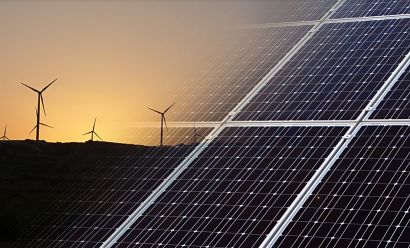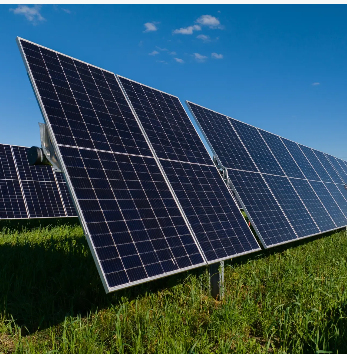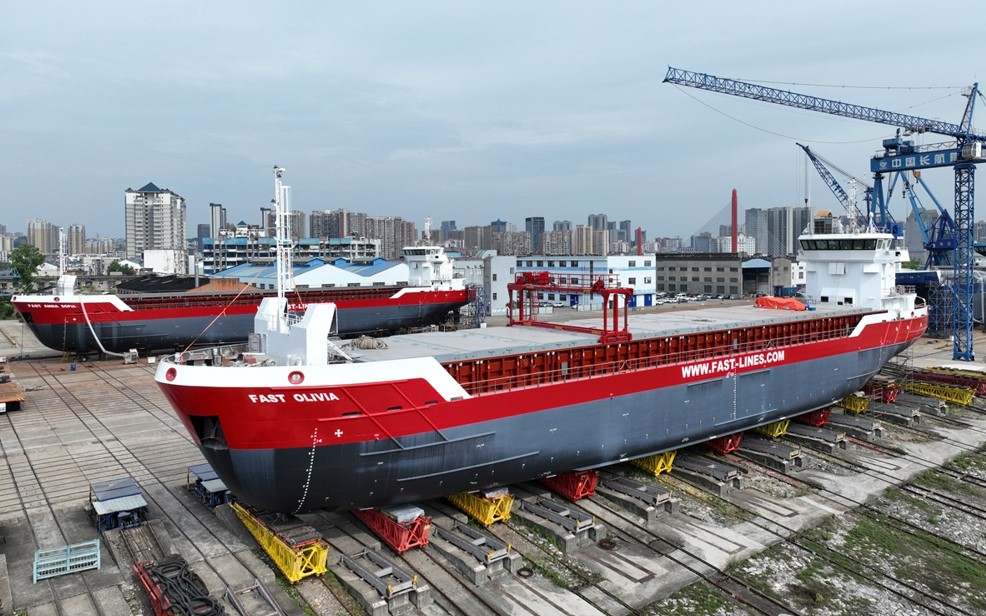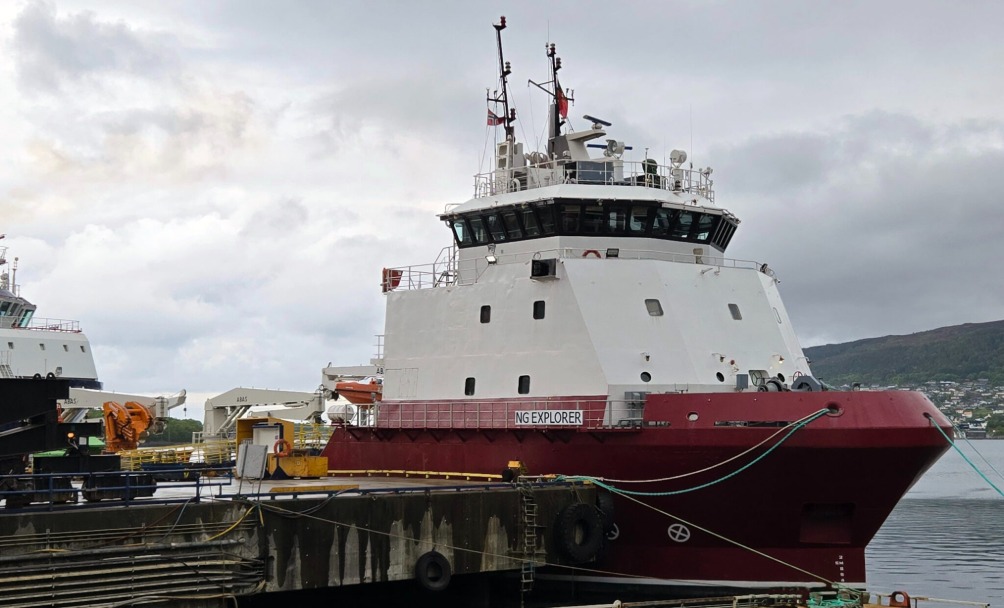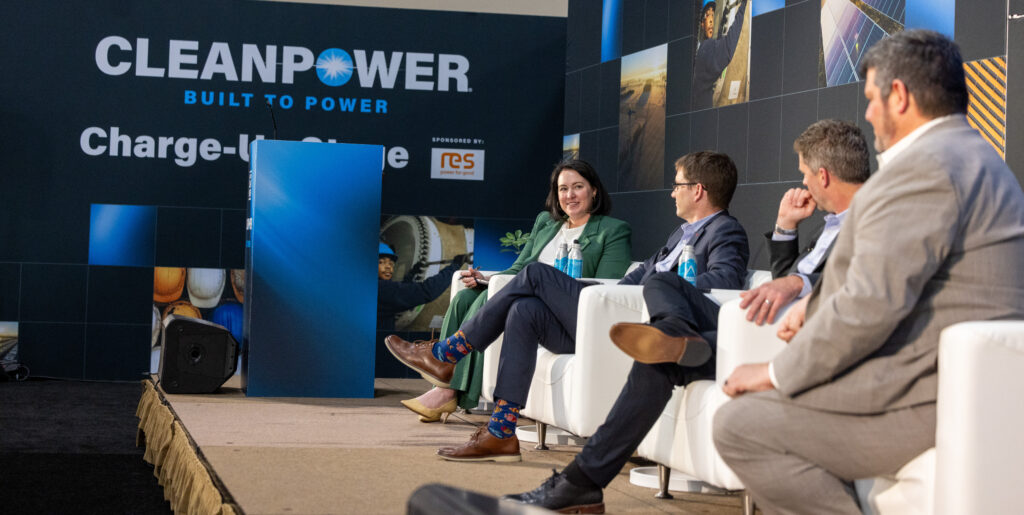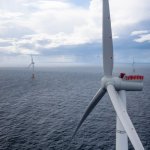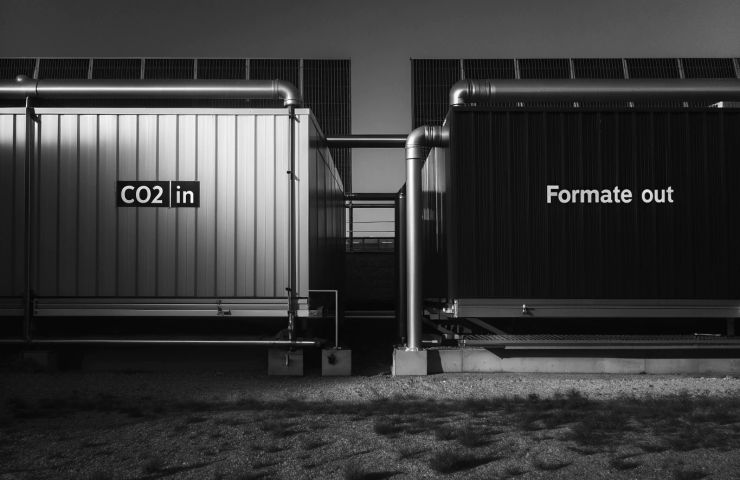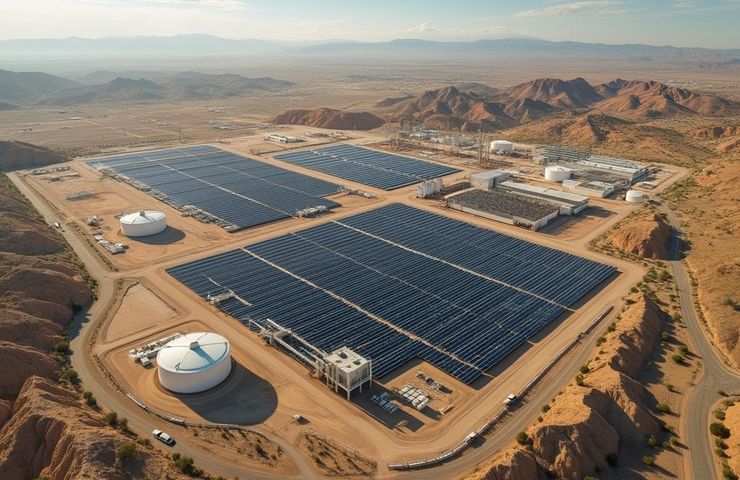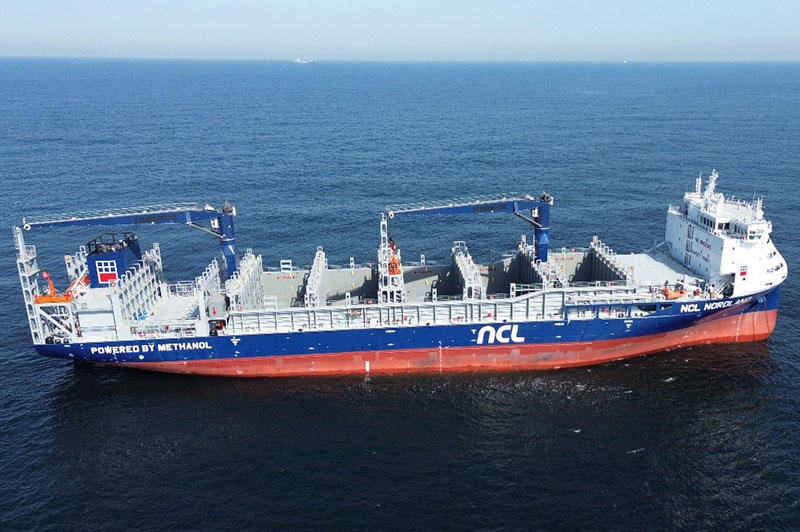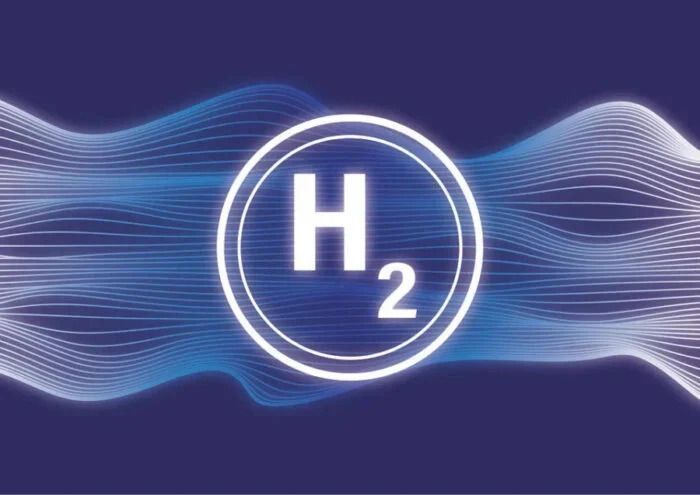Hydrogen Fuel Cells Power Up New York’s Warehouse Revolution
A quiet shift in warehouse energy is picking up serious momentum—quiet, unless you’ve got a hydrogen fuel cell running at…
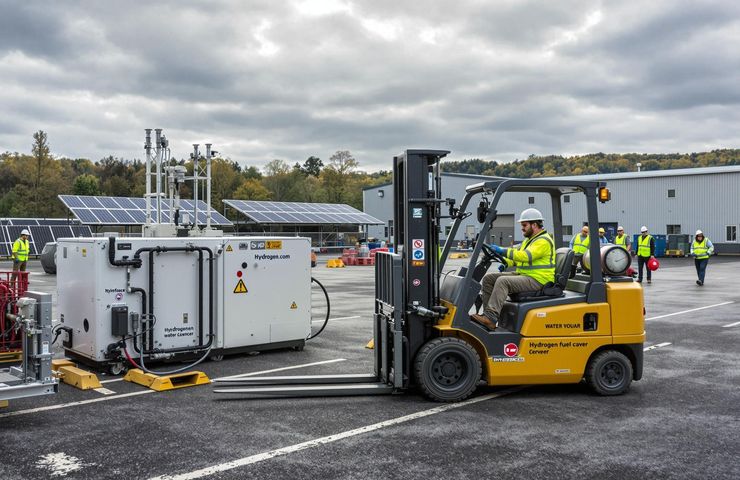

A quiet shift in warehouse energy is picking up serious momentum—quiet, unless you’ve got a hydrogen fuel cell running at full tilt.
In upstate New York, something big is quietly unfolding in the world of clean energy—and it’s kicking off with forklifts. The Raymond Corporation, a longtime player in warehouse systems and a Toyota subsidiary, is making a bold move into the zero-emissions space. They’re putting down roots with two major projects: a $1.9 million hydrogen fuel cell test facility in Honeoye Falls and a brand-new $2 million energy research center in Henrietta. Together, these sites will bring around 60 skilled jobs to the area, but it’s the technology behind it all that could truly shake things up—starting with how the warehouse industry tackles sustainability.
Why hydrogen? Why now?
Here’s the thing—warehouses might seem low-key, but they burn through a surprising amount of energy. All those forklifts and pallet trucks moving nonstop? They contribute to around 3% of total U.S. greenhouse gas emissions. And with many operations running 24/7, conventional batteries often can’t keep pace. That’s where hydrogen fuel cells come in. They refuel fast, deliver consistent power, and emit nothing but water vapor.
It’s more than clean—it’s smart.
And it dovetails perfectly with New York State’s big-picture game plan. The Climate Leadership and Community Protection Act sets an aggressive target: slashing greenhouse gas emissions by 85% by 2050. So, it’s no accident these high-tech facilities are landing in Monroe County, a place reinventing itself from its Kodak and Xerox past into a new kind of innovation corridor—this time focused on sustainable energy.
Behind the scenes: Who’s making the moves?
Driving the effort is The Raymond Corporation, part of Toyota Material Handling North America (TMHNA), and no stranger to fuel cell technology. Toyota’s been in the hydrogen game since the early ’90s when it introduced its FCV-R fuel cell concept. Fast forward a few decades, and hydrogen-powered forklifts are already hard at work in the warehouses of retail titans like Amazon and Walmart—thanks in part to federal Department of Energy support. Today, there are more than 70,000 hydrogen fuel cell forklifts in action across the U.S. Raymond’s latest projects are helping widen that footprint.
This is also a win for smart partnerships. Groups like Empire State Development and the Monroe County Industrial Development Agency are stepping in with $400,000 in state tax credits to grease the wheels. Meanwhile, Rochester Institute of Technology (RIT) is on deck to help train the next wave of clean-energy talent.
The tech core: Fuel cells and battery smackdown?
It’s not a battle—it’s a tag team. The Henrietta R&D center is all about hybrids, developing systems that blend the fast-refueling power of hydrogen fuel cells with the energy density of lithium-ion batteries. The idea? Let each technology play to its strengths and cover each other’s blind spots. This kind of combo is exactly what modern warehouses need, handling peak loads while keeping operations running smoothly during off-hours.
And the testing isn’t being done in a vacuum. At the Honeoye Falls site, real-world warehouse conditions serve as the proving ground. Engineers are running the numbers using international benchmarks like ISO 23828:2028, which lays out durability and performance standards for fuel cell systems.
So, what does success look like?
Think of a warehouse in Buffalo that hums around the clock, running on clean fuel, no diesel in sight, and no harmful fumes lingering in the air. Workers breathe easier, literally.
But it’s about more than just cleaner air. These hydrogen-heavy operations might help push agencies like OSHA to rethink indoor air quality benchmarks—and that could shift the goalposts for industrial workplaces everywhere.
There’s also a bigger domino effect in play. If hydrogen can prove itself in the demanding, dust-laden, always-on world of warehouses, then rolling it out to bigger sectors—like heavy-duty trucking and ports—starts making a lot more sense. That’s how hydrogen infrastructure really gets moving.
The bigger picture: Upstate New York as a clean energy lab
It’s no coincidence that Monroe County is becoming a hotspot for projects like this. A region that once led the world in imaging tech is now tapping into the $6 billion clean energy economy taking shape across New York State.
What Raymond is really doing here is planting seeds. Not just for more efficient forklifts or better warehouses, but for a whole new way of thinking about industrial decarbonization. Where lithium-ion batteries can’t reach, hydrogen fuel cells can step in.
And maybe—just maybe—that forklift in a test facility today leads to a fleet of hydrogen-powered logistics tomorrow.
What's Your Reaction?

















